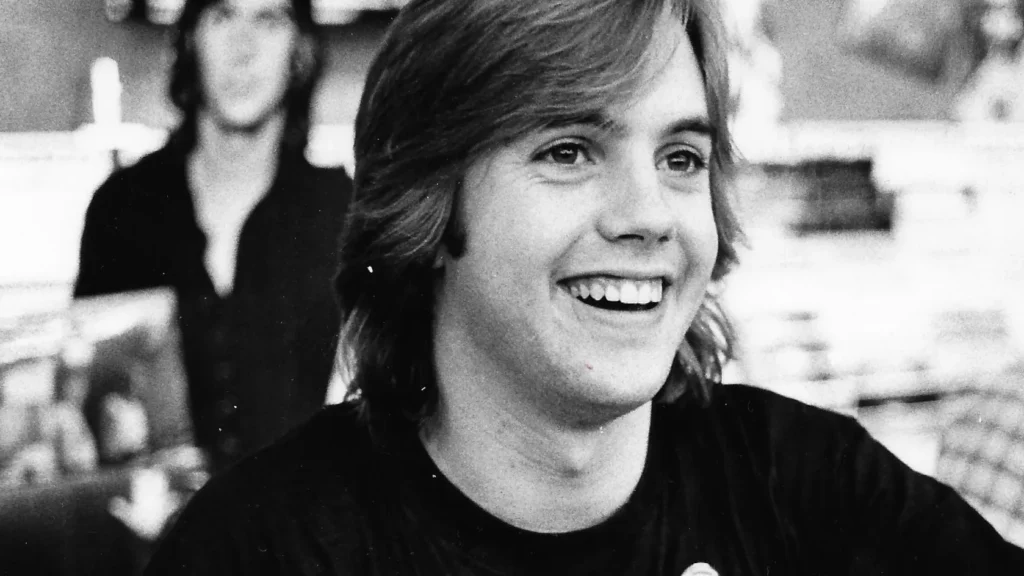
A Teenage Heartbeat Set to Vinyl: When Innocence Met the Gloss of Pop Stardom
When Shaun Cassidy released his cover of “Da Doo Ron Ron” in 1977, the song rocketed to the top of the Billboard Hot 100, securing the No. 1 spot and launching Cassidy into teen idol superstardom. Included on his debut album, Shaun Cassidy, this shimmering reimagining of a 1963 girl-group classic became more than a nostalgic revival—it was a polished, sugar-rush anthem tailored for a new generation of heartsick youth. Behind its glossy production and bubblegum energy lies a curious fusion of pop history and youthful exuberance—an echo of innocence repackaged for the neon-lit stage of late-’70s teen culture.
The original “Da Doo Ron Ron”, penned by the hallowed Brill Building trio—Jeff Barry, Ellie Greenwich, and Phil Spector—was first immortalized by The Crystals under Spector’s “Wall of Sound.” That 1963 version was a revolution in itself: dense, emotionally uncontainable, and awash in yearning. But when Cassidy took hold of it fourteen years later, the cultural weather had changed. His rendition swept away the sonic murkiness of Spector’s production, replacing it with a bright, clean arrangement designed to highlight Cassidy’s boyish charm and vocal purity. It was pop music distilled to its most accessible form—a heart-pounding rhythm track beneath lyrics that still rang with adolescent infatuation.
Lyrically, “Da Doo Ron Ron” is almost comically simple: a girl sees a boy, they fall for each other instantly, and by the end of three minutes, love has bloomed eternal. The nonsense phrase that punctuates each chorus—“da doo ron ron”—is pure phonetic pleasure, meant less to be understood than felt. Its very absurdity becomes its power: a syllabic stand-in for emotions too intense or too juvenile to articulate. In Cassidy’s hands, this lyrical minimalism is both weapon and armor. It allows him to embody the universal teenage experience—awkward yet sincere, impulsive yet momentous—with a kind of practiced earnestness that made him irresistible to his fan base.
Cassidy’s version doesn’t attempt to outmatch the raw emotional density of The Crystals’ original. Instead, it reframes it through the lens of television-era stardom. Fresh from his breakout role on ABC’s The Hardy Boys/Nancy Drew Mysteries, Cassidy was no longer merely an artist but a brand—a face on lunchboxes and posters adorning bedroom walls across America. This cover served as both soundtrack and marketing strategy, blending safe rebellion with romantic innocence. What results is not mere imitation but reinvention: pop archaeology turned radio gold.
In many ways, Cassidy’s “Da Doo Ron Ron” captures something essential about youth culture at the brink of the ’80s—the desire to feel intensely without consequence, to express love in bold colors without ever naming its darker shades. It’s cotton candy spun from longing—a confection that dissolves quickly but leaves its sweetness lingering on the tongue of memory. And while critics may have dismissed it as lightweight fare, its commercial success and lasting place in pop culture testify to its deeper resonance: sometimes, simplicity sings loudest when dressed in sequins and powered by sincerity.
Here, nostalgia isn’t just an emotion—it’s a product polished to perfection and pressed onto vinyl for posterity.